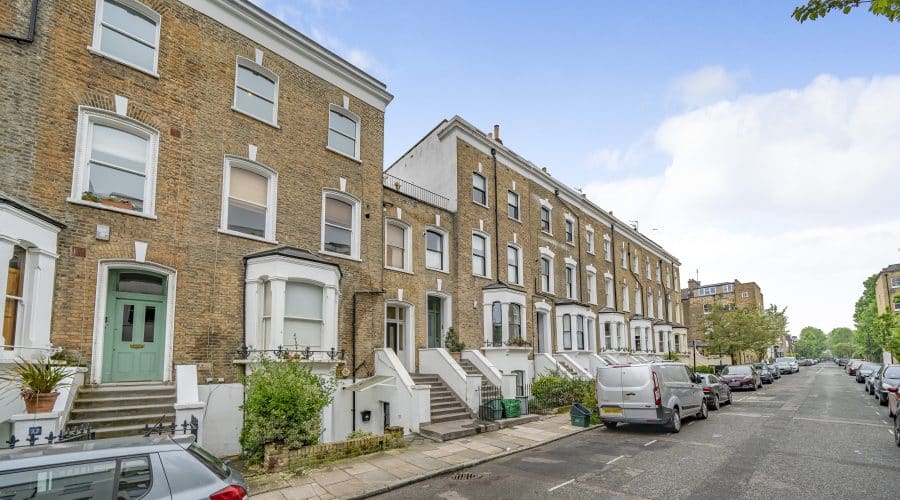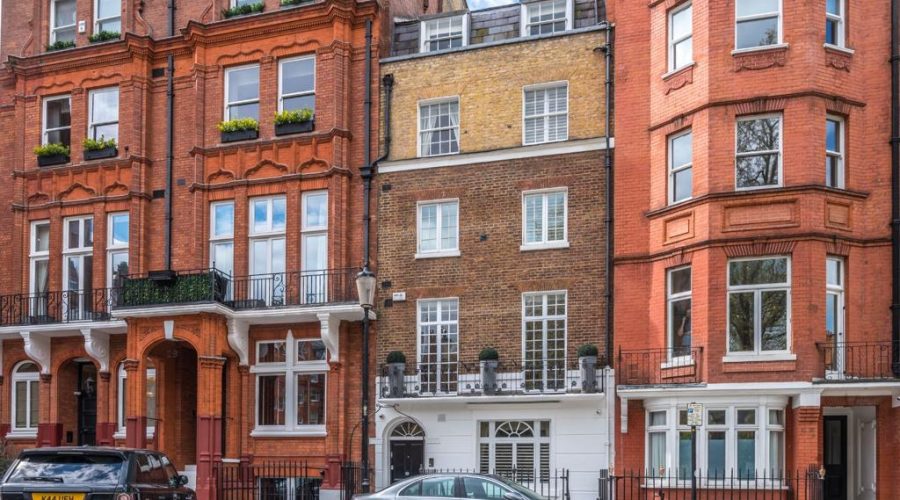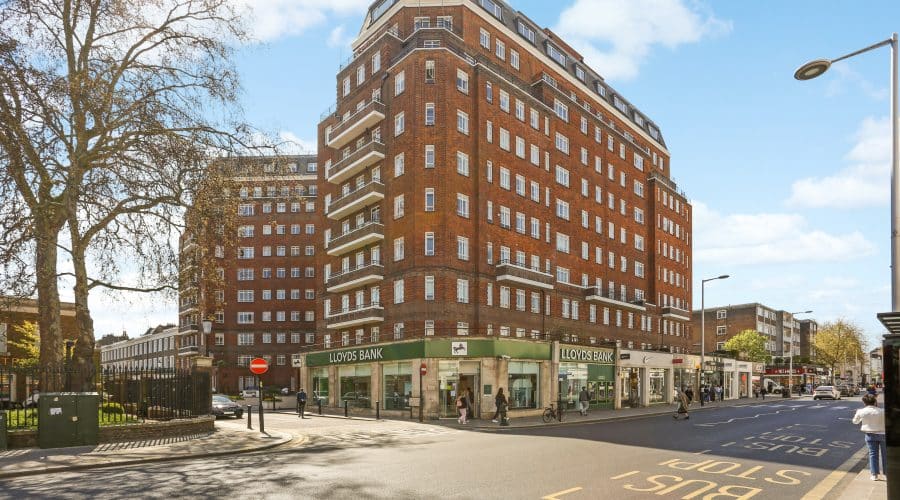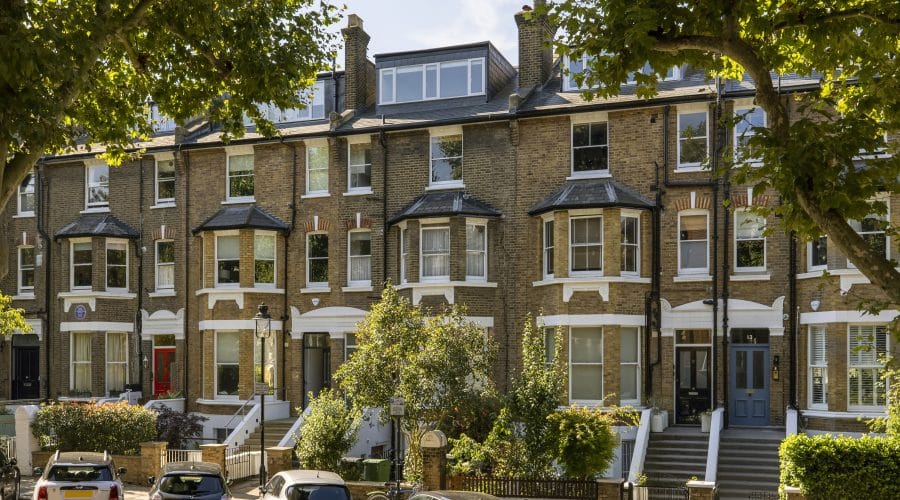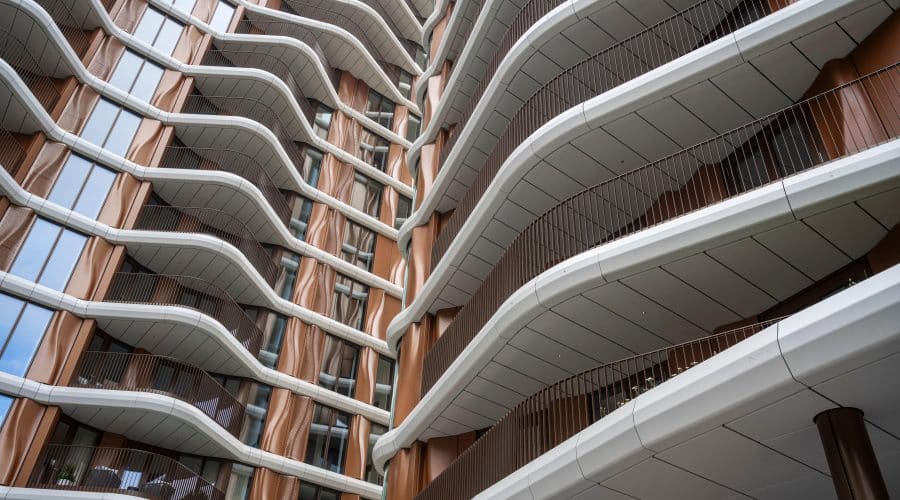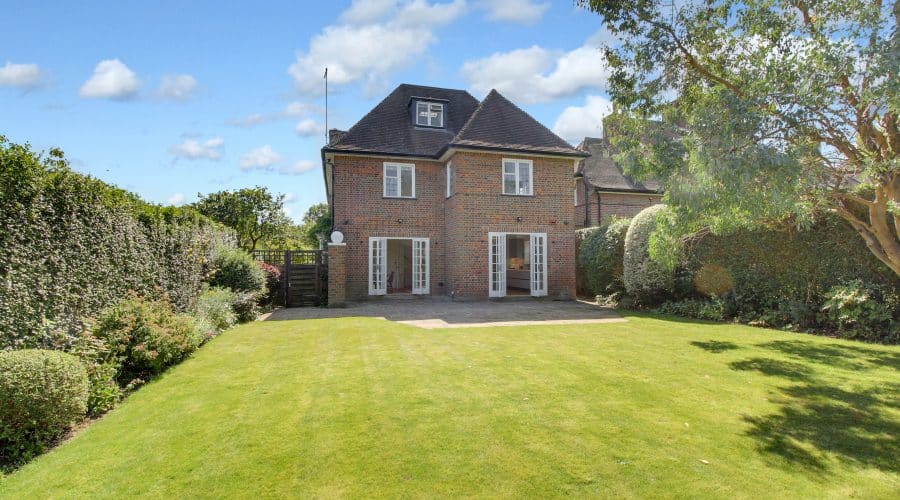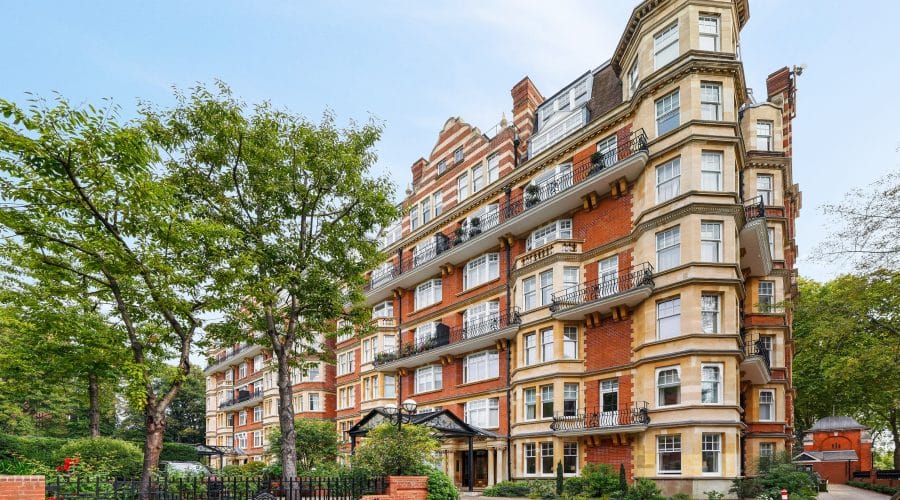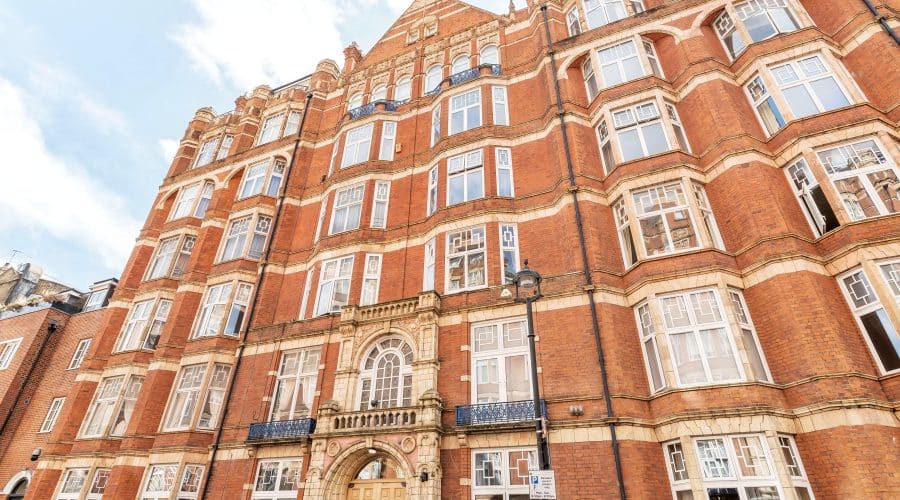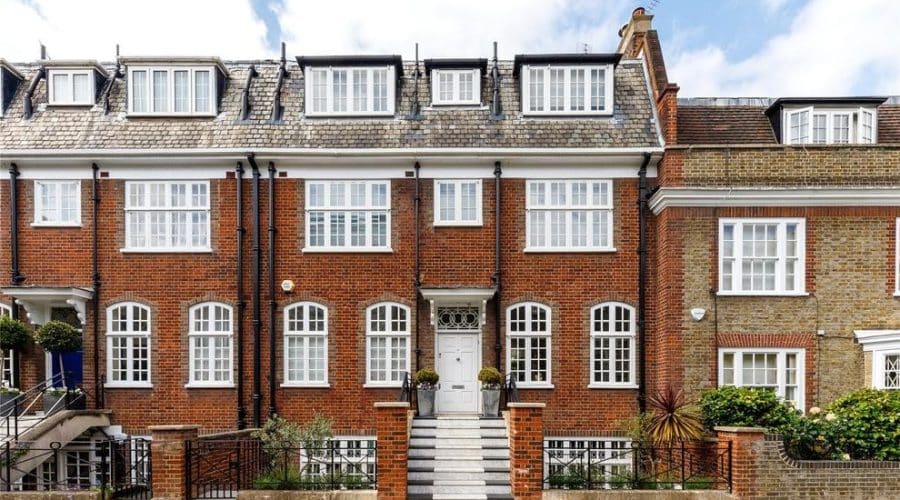Britain’s clampdown on energy-wasting homes is prompting the rich to make green demands
By Damian Shepherd.
A trophy address alone doesn’t do it anymore for buyers of London’s mansions.
Along the tree-lined Avenue Road — a stone’s throw from Regent’s Park — with mansions priced at as much as £110 million ($134 million), there’s a burning question on the lips of prospective purchasers: How green are these homes?
“The wealthy want to be seen to do their bit, whether they believe in it or not,” said Jon O’Brien, founder of Domvs London, the developer of 52 Avenue Road, a project that’s set to transform the street’s biggest plot of land into 12 “eco-mansions” guarded by uniformed ex-Gurkha troops.
The developer claims the mansions’ thick walls will trap warmth in the winter, while elliptical staircases spanning the length of the building will remove summer heat through the roof. It plans geothermal heat pumps to warm the mansions’ sauna, steam room and fitness suite that’s being designed by a superyacht gym provider.
The special features at the mansions, which will be on average about 5,750 square feet in size with prices starting at £3,500 per square foot, are aimed at meeting the green demands of the rich.
“I appreciated not only their stunning architecture and layout but the significant ‘eco green’ design,” said Jeff, a 40-something native of New York, who has signed up for one of the mansions in the complex, but didn’t want to provide his last name for privacy reasons. The corporate finance executive with interests across the US and Europe had wanted a place for his family as he looks to expand from a base in London. The “environmental benefits really set the scheme above and beyond other London new-build properties we were viewing in the local area,” he said.
This newfound desire to be more green comes as the large carbon footprint of the wealthy comes increasingly into focus. The world’s richest 1%— the more than 60 million people earning $109,000 a year — are by far the fastest-growing source of emissions, according to the World Inequality Lab, driven by their diets, the way they live, travel and the cars and homes they own.
Also, governments are increasingly demanding more energy-efficient living. In the UK, tackling the energy inefficiency of real estate is seen as a crucial step in the nation weaning itself off fossil fuels. Almost half of Britain’s energy consumption is for heating, and refurbishing its drafty housing stock is seen as key to reduce demand and propel the nation toward meeting its climate goals.
The UK government wants all homes upgraded to an energy performance rating of C or higher on a scale of A to G by 2035. Landlords have even less time to upgrade their properties, with the latest government proposal requiring homes starting tenancies after April 2025 to have a minimum C rating — about 2.45 million properties currently fail to meet that criteria.
“It’s just like buying a car,” Domvs’s O’Brien added. “You’d be hesitant to buy one now that isn’t electric because you know that by 2030 it will only be electric cars allowed.”
Many of the homes built in Britain are made of brick and date back to the Victorian era. They lose heat three times as fast as those in European neighbors. Well-insulated dwellings use less gas and take better advantage of electricity-powered systems such as heat pumps.
Homeowners can improve their energy score by modernizing boilers or adding insulation, double-glazed windows and solar panels. But with upgrade costs averaging about £8,000, according to the English Housing Survey, landlords currently face renovation bills north of £19 billion.
For those renovating large, luxury homes, the fees are likely to be even steeper.
“There is some financial motivation to get these improvements underway, as there are quite stiff penalties,” said Jackie Bowie, head of Europe at risk consultant Chatham Financial. “There will be further tightening of requirements to come.”
Camilla Dell, managing partner at buying agent Black Brick Property Solutions, recently negotiated a deal on a block of seven investment apartments in London’s South Kensington district with energy efficiency ratings of D or lower. Black Brick was quoted £200,000 to upgrade the properties to a C rating, which the agent subsequently negotiated off the purchase price.
“So much of London’s property doesn’t meet the C rating,” Dell said. “Most listed buildings and Victorian buildings don’t, but they are some of the capital’s most sought-after prime real estate.”
On Avenue Road, potential buyers are already circling the plot of eco-mansions expected to be completed in June 2025. More than 120 expressions of interest were submitted in January, according to Domvs’s O’Brien, including a number of dollar-rich buyers from the US and Middle East looking to cash-in on the currency’s strength against the pound.
Wealthy, less debt-reliant buyers have helped London’s most expensive homes defy a slowdown in Britain’s housing market, which is facing disruption as it adapts to higher borrowing costs. New sales instructions for homes priced at £5 million or more were 74% higher in the final quarter of 2022 compared with the pre-Covid average, according to data compiled earlier this year by researcher LonRes.
The level of interest for the new Avenue Road mansions, set to be rated A and carrying an anticipated price of at least £20 million, is “demand that I’ve never seen before,” said O’Brien, and reflects the evolving priorities of buyers as fresh climate regulation looms.
“Buyers often raise eyebrows at the premiums being paid for new build property,” Black Brick’s Dell said. “But I can see this premium going even higher in the future as it’s the new builds that have the highest energy-efficiency ratings.”



